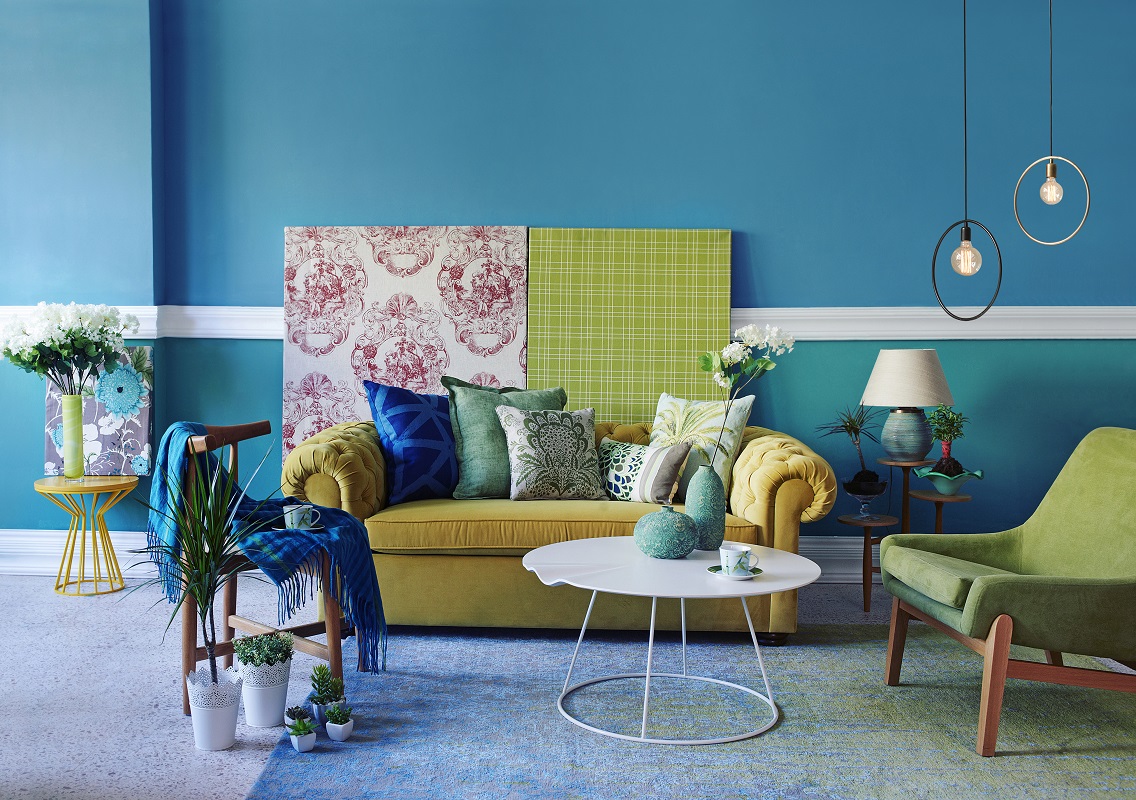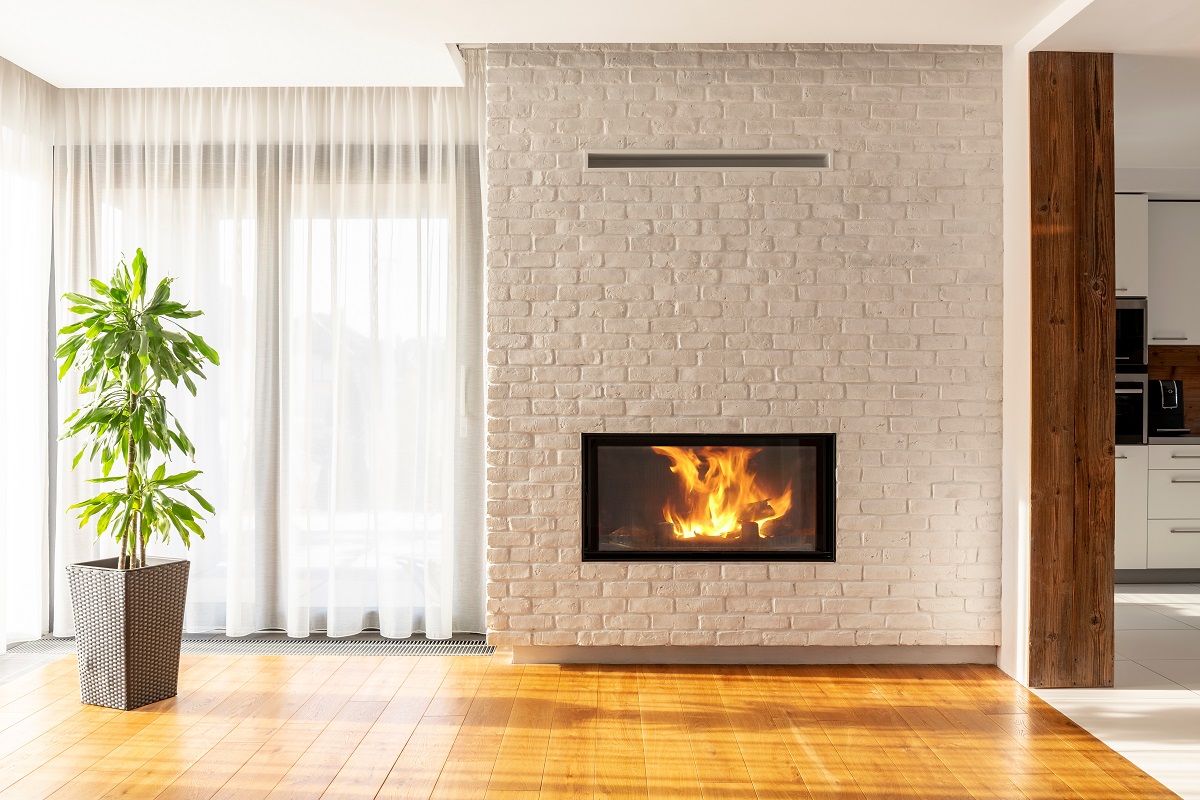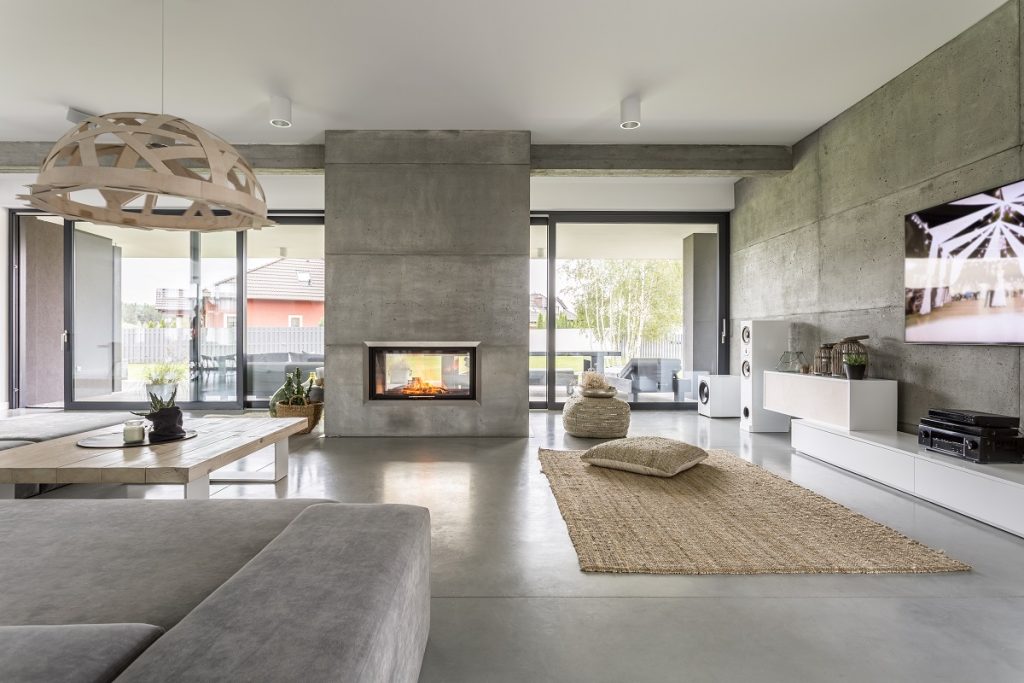- Furniture, ergonomics, material, size, and design should be considered to ensure comfort levels at home.
- Temperature control is also essential in improving comfort levels; insulation and windows play a vital role.
- Fireplaces can offer a cozy atmosphere, but homeowners must seek professional installation for safety reasons.
- Convenience features like automated lighting systems and voice-activated devices can enhance comfort at home.
- Research and understand available features before investing in smart home technology.
Comfort at home is essential for a person’s physical, emotional, and mental well-being. Research has shown that comfort at home can improve overall quality of life. Studies have found that those who feel comfortable in their homes are likelier to report higher satisfaction with their personal lives and relationships.
Physical comfort is of particular importance within the home. A comfortable temperature, appropriate lighting, and minimal noise are all factors that contribute to an individual’s ease and relaxation within their home environment. For example, research shows that individuals exposed to lower temperatures tend to be less productive than those in environments with higher temperatures. Additionally, people exposed to less light during the day tend to be more tired and less alert than those exposed to natural or bright artificial lighting. Finally, excessive noise can negatively affect a person’s ability to rest and relax inside the home effectively.
Enhancing comfort at home is essential, but you might not know how to increase your comfort level. Here are a few areas of focus to consider for your home:
Furniture

Furniture is a primary factor in creating comfort and relaxation within the home. Homeowners must be mindful of their furniture choices, which can contribute to physical discomfort or peace of mind. Here are a few ways homeowners can enhance furniture pieces to ensure comfort in the home:
Ergonomics
Ergonomic furniture is designed to provide optimal support and comfort for individuals sitting or sleeping on it. Proper ergonomic design considers factors such as posture, body type, and body weight. Ergonomic furniture provides maximum support for body parts when used correctly, reducing physical fatigue and improving overall comfort. Ergonomic furniture includes adjustable office chairs, memory foam mattresses, and orthopedic pillows.
Material
The material of furniture plays a vital role in ensuring comfort at home. Furniture made from natural materials like cotton, wool, or bamboo retains heat well and reduces inconsistent surfaces that can cause discomfort while sitting or lying down. Natural materials like polyester or nylon are often more durable than synthetic fabrics. When choosing a material for your furniture, look for options with breathability and temperature regulation properties that promote comfort during usage.
Size
Size is an essential factor in furnishing a comfortable home environment. Oversized couches or beds may give off the impression of luxury, but if they take up too much space in a room, they can create an uncomfortable setting that inhibits movement around the house. Similarly, little pieces make it hard to relax properly due to limited legroom and inadequate lumbar support when sitting down. Homeowners must choose appropriately sized furniture so they can move around freely inside their homes without feeling cramped or restricted in movement.
Design
Finally, taking care of the design of your furniture pieces is essential for achieving optimum comfort levels at home. Homeowners should choose plans that fit their body shape and size appropriately; this way, they won’t experience any physical discomfort due to misaligned postures or incorrect angles of support provided by the furniture piece. Additionally, consider how different designs affect the overall aesthetic appeal of your living space; opt for details that will bring out colors found in other furnishings around the room rather than clash with them visually!
Temperature

Home temperature is a vital factor in ensuring comfort within the home. A comfortable temperature can help reduce fatigue, improve productivity, and provide relaxation for occupants. If the temperature is too high or low, it can be uncomfortable and lead to poor sleep and mental well-being.
To ensure optimal comfort levels at home, homeowners must consider several factors that affect temperature control. Home insulation is one of the most critical considerations when regulating the temperature inside the house. Insulation acts as a barrier between the interior of the house and the outside environment. It helps maintain a consistent temperature by trapping heat during colder seasons and deflecting heat away from the home during warmer months. Windows are another critical factor in controlling indoor temperatures; they should be adequately insulated to prevent drafts from entering while allowing natural light into the home. Additionally, sealing air leaks around doors and windows can significantly reduce energy consumption by preventing cold air from entering the house and warm air from escaping.
If you want the classics, you can also get a customized fireplace to give your home a warm and cozy atmosphere. Homeowners must seek professional installation when setting up a fireplace, as safety considerations must be addressed beforehand.
Convenience
Convenience and comfort at home go hand in hand. Convenience is essential in enhancing comfort in the home environment. Specific amenities and features that make life easier can create a more comfortable atmosphere. For example, having all the necessary items within easy reach can reduce stress and fatigue from constantly moving around the house.
Another way convenience plays a role in comfort at home is through technology. Smart home technology has become increasingly popular due to its ability to increase convenience and improve overall quality of life. Smart home products like automated lighting systems, voice-activated devices, and connected thermostats can provide more efficient control over a person’s daily life.
Installing those features can take time and money but can pay off in the long run by offering enhanced comfort and convenience at home. If you’re considering investing in home technology, research and understand the available features.
Final Thoughts
Considering the abovementioned tips, homeowners can make their homes more comfortable and enjoyable. Enhancing comfort at home doesn’t have to be expensive or complicated; simple adjustments like changing furniture pieces or installing smart home products can make a significant difference in providing a pleasant environment for occupants. With the proper considerations, achieving optimal comfort levels at home is achievable for anyone!

